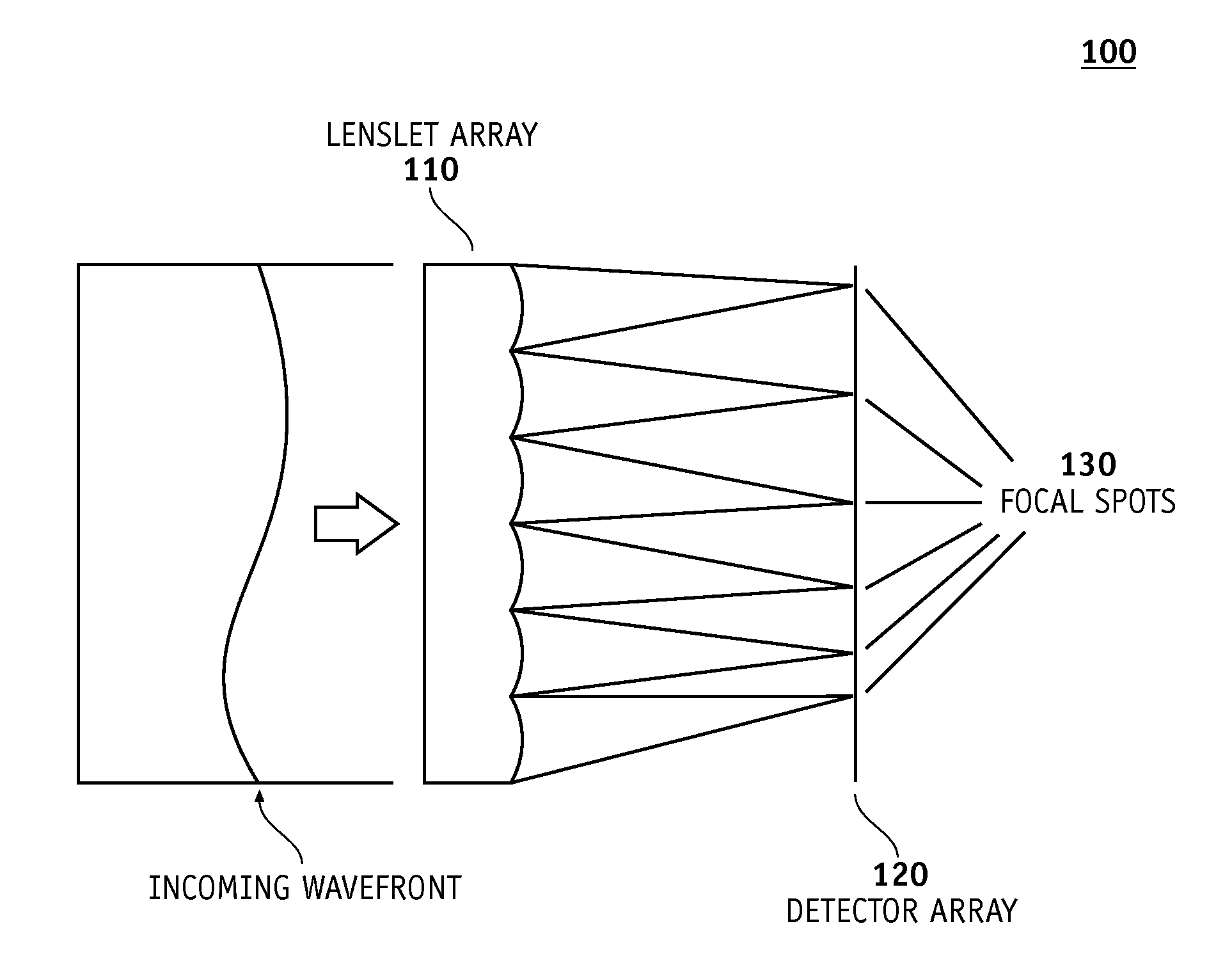Method of locating valid light spots for optical measurement and optical measurement instrument employing method of locating valid light spots
a technology of optical measurement and light spot location, which is applied in the field of optical measurement and optical measurement instruments employing the method of locating valid light spots, can solve the problems of reducing the accuracy of traditional light spot location algorithms, affecting the resultant wavefront measurement, and reducing the breakup effect of tear film
- Summary
- Abstract
- Description
- Claims
- Application Information
AI Technical Summary
Benefits of technology
Problems solved by technology
Method used
Image
Examples
Embodiment Construction
[0045]Methods and systems for locating valid light spot data as described below can be employed in a variety of different measurement instruments. Exemplary embodiments will be described in some detail below so as to illustrate various aspects and advantages of these methods. However, it should be understood that the principles involved in these method can be employed in a variety of other measurement instruments which employ light spot data.
[0046]FIG. 4 illustrates one embodiment of a measurement instrument employing a wavefront sensor. In particular, FIG. 4 illustrates a wavefront aberrometer 400 for making wavefront measurements of a subject's eye 10. Among other components, wavefront aberrometer 400 includes a light source 410, a wavefront sensor 420, and other components on a moving stage 430, a processor 440, memory 450 associated with the processor 440, and an iris camera 460. Further details of the construction and operation of wavefront aberrometer 400 can be found in U.S. ...
PUM
 Login to View More
Login to View More Abstract
Description
Claims
Application Information
 Login to View More
Login to View More - R&D
- Intellectual Property
- Life Sciences
- Materials
- Tech Scout
- Unparalleled Data Quality
- Higher Quality Content
- 60% Fewer Hallucinations
Browse by: Latest US Patents, China's latest patents, Technical Efficacy Thesaurus, Application Domain, Technology Topic, Popular Technical Reports.
© 2025 PatSnap. All rights reserved.Legal|Privacy policy|Modern Slavery Act Transparency Statement|Sitemap|About US| Contact US: help@patsnap.com



